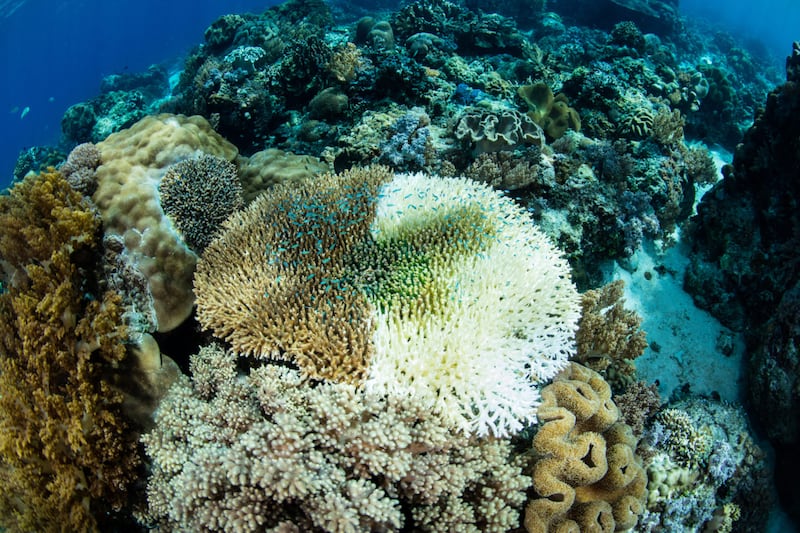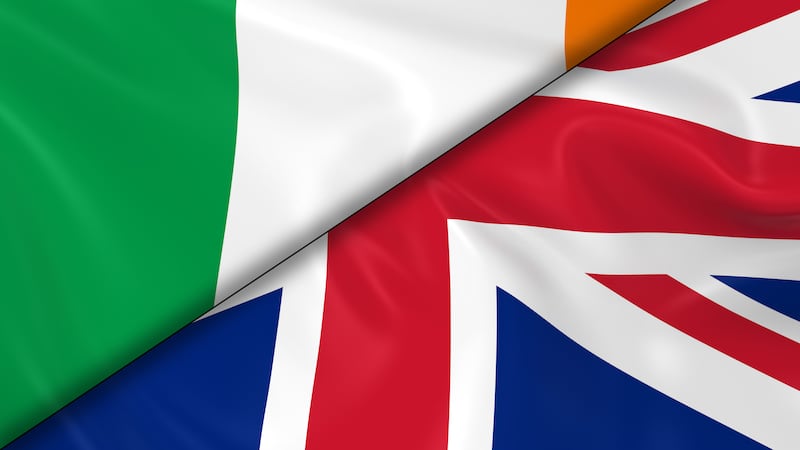In-game ocean sculptures created by Minecraft builders have been brought to life as part of a coral reef restoration project.
The initiative, called Coral Crafters, gives players a chance to build virtual underwater worlds with the aim of promoting the rebuilding of real-life corals.
Game developer Mojang partnered with charity environmental organisation The Nature Conservancy for the project.
Coral Crafters was put into action following Minecraft’s release of the first of the two phases of Update Aquatic – which allows builders to populate the game’s oceans with kelp, different species of marine life and colourful coral reefs.
Mojang enlisted the help of Minecraft YouTubers Rabahrex, Logdotzip and Stacyplays to design the real-life structures.
The winning sculpture Axolotl – which is the name of a Mexican salamander species – was installed alongside Minecraft icons Alex and Steve off the coast of Cozumel in Mexico, where the reefs have suffered from coral bleaching.
The installations were made using BioRock – a method that enables steel structures running low-voltage direct current to interact with seawater minerals, allowing solid limestone to grow on it.

The technology was developed by Professor Wolf Hilbertz and Dr Tom Goreau of the Global Coral Reef Alliance and draws on the principles of electrolysis to promote swift coral growth.
In total six BioRock structures were installed, which included a mermaid wolf, a turtle and turtle eggs.
Earlier in June, Minecraft challenged players to build 10 million coral blocks in-game, pledging to donate 100,000 US dollars (£76,000) to The Nature Conservancy. The target was achieved within two days.
The company is also planning to donate net proceeds from the game’s Coral Crafters skin pack to support The Nature Conservancy’s reef restoration efforts.

Coral reefs are home to around two million species accounting for 25% of all marine life, according to WWF.
Roughly one-quarter of coral reefs worldwide are already considered damaged beyond repair, with another two-thirds under serious threat.
Major threats to their habitats include climate change, destructive fishing practices, over-fishing, pollution, careless tourism and coral mining.







